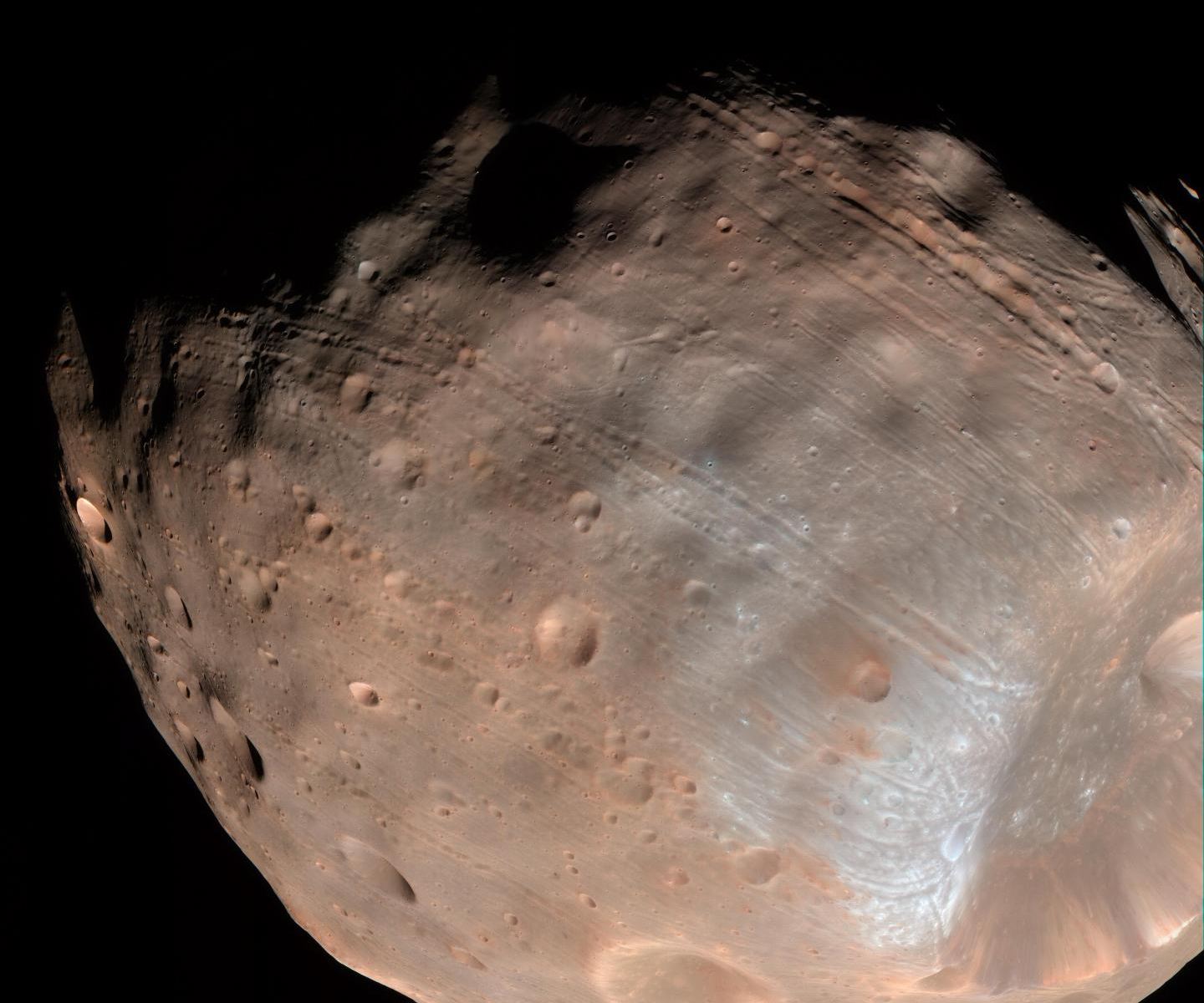SpaceBok, a robotic hopper, is currently undergoing tested in the European Space Agency’s Mars Yard. On Wednesday, ESA released an image of the four-legged robot navigating cragged, red-tinged rocks.
SpaceBok was designed by a team of students from a pair of Swiss research universities, ETH Zurich and ZHAW Zurich. Students and researchers designed the robot for the purpose of navigating uneven, low-gravity environments like those found on the surface of the moon and Mars.
The Mars Yard is a small sandbox filled with a conglomerate of sand, gravel and different sized rocks. It is located at ESA’s Planetary Robotics Laboratory in the Netherlands.
“Legged robots can traverse unstructured terrain and could be used to explore areas of interest, such as craters, which rovers are unable to reach,” research team member Patrick Barton said in a news release. “As they are very versatile, they can change gait to adapt to different terrain.”
Despite the robot’s gait versatility, its preferred pattern of locomotion is hopping.











